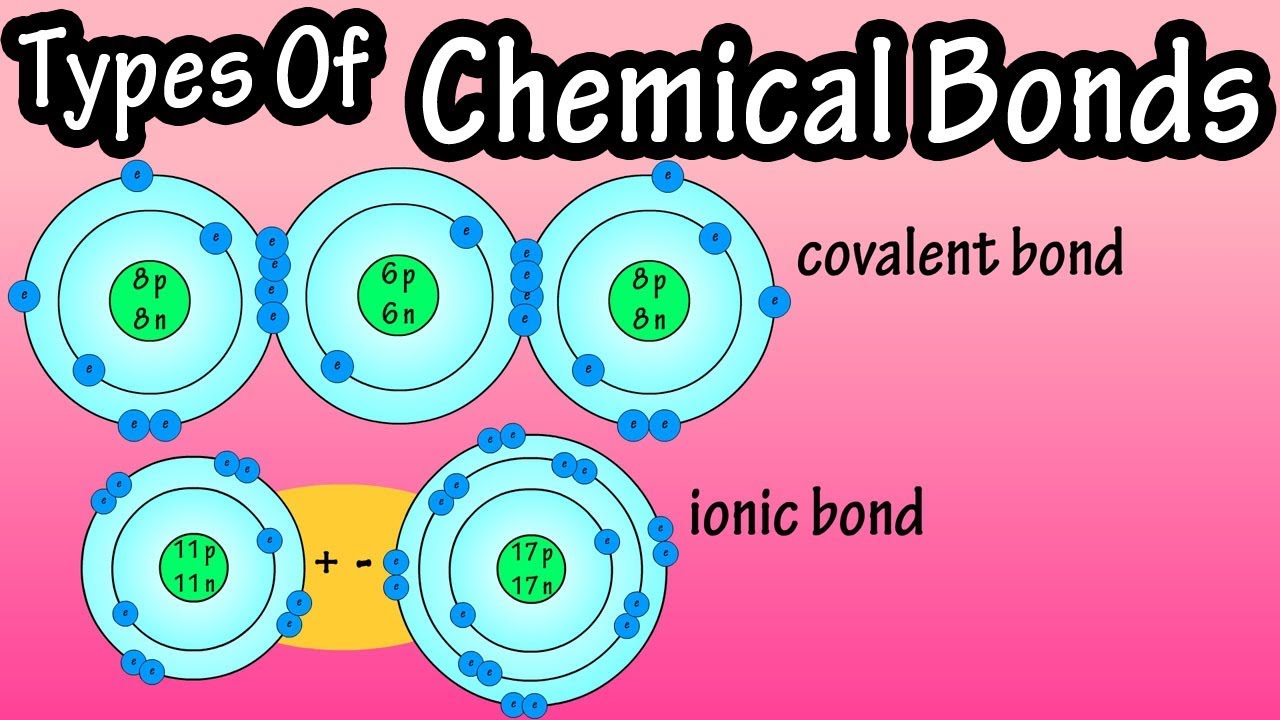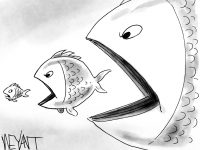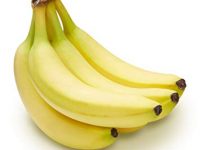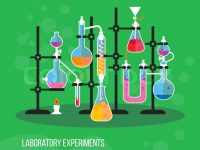Bonding

Welcome to real chemistry, finally. This is where we will learn how to put atoms together to make new pure substances, with new properties. A pure substance has a formula, like… Fe (an atom of the element…
Read More »Cool Video About Mercury

Mercury is the best element, which is a qualitative measurement (no units and no numbers) but it is also true. This video shows mercury at it’s best. Notice the coin, a Canadian quarter, so this is probably made…
Read More »What’s A Red Herring?

Question 7 in the C of Cu Lab, I tried to purposely to confuse you with what is called a RED HERRING. A red herring is a distraction, a shiny object to catch your attention from what is…
Read More »C of Cu Lab

Our first thermochemistry lab, where we tried to measure the specific heat capacity constant (C) for copper (Cu). For water, C = 4.18 J/g⋅K That means it takes 4.18 Joules (units of energy, to make each gram 1…
Read More »Moles and Avogadro’s Number

In the world there are some things that are incredibly important and work perfectly, and most people just don’t know about them. Indoor plumbing is one of them. Really, water and other stuff flowing through the walls and…
Read More »Art, I Mean Chemistry

Mixtures are physical blends of matter, that retain their own properties. They are mixed up, but they are not something new. To separate mixtures, you need to take advantage of a difference in their physical properties. You can…
Read More »Redox – Electrochemistry

Redox stands for Reduction and Oxidation, a pair of reactions that take place at the same time, in electrochem. As the name implies, it’s about moving electrons. Electrons are “lost” or transferred in this process. They are “gained”…
Read More »Organic Chem

Organic chem is a challenge, there are literally hundreds of new molecules you must be able to recognize and draw and write formulas for. You get to use Table P, Q, and R as guides, but it will…
Read More »Philippe Petit – Tight Rope Walker (I mean more chem)

LeChatlier’s Principle states: A chemical system in dynamic equilibrium will stay at equilibrium, and if a chemical stress is applied, the system will shift to counter act this stress, until a new equilibrium is reached. On August 7th,…
Read More »Chemical Reactions Lab

There are 20 experiments over 4 days in lab to get done. Each requires a WORD equation, and then a balanced CHEMICAL EQUATION as well. You also need to record your observations. Our first lab day we did experiments…
Read More »